A Long Time Ago... with Eric A. Clayton
Hello there.
Welcome to A Long Time Ago… the fortnightly series where I ask a different guest to share with us a favourite Star Wars story and historical site. This started as a tie-in to my first piece of published writing, the article ART WARS for Star Wars Insider #226. The whole archive of my exploration of fourteen ancient art sites and every Star Wars story on my shelves can be found here.
Today I hand over to Eric A. Clayton!
Eric is an award-winning writer, speaker, storyteller and sought-after retreat leader. He is the author of My Life with the Jedi: The Spirituality of Star Wars and Cannonball Moments: Telling Your Story, Deepening Your Faith, both from Loyola Press. His next book, Finding Peace Here and Now: How Ignatian Spirituality Leads Us to Healing and Wholeness, is due out from Brazos Press in 2025.
He also runs a fantastic newsletter called Story Scraps, where he does indeed share short fiction, essays, reflections and updates (like the time he interviewed actors from The Lord of the Rings: The Rings of Power!).
Plus, Eric very kindly sent his photos of the historical site he chose to share with us today, so there’s a bonus gallery in this edition that further supports his great descriptions!
In A Galaxy Far, Far Away…

John Jackson Miller had a tough assignment in writing The Living Force. What possible stakes could he introduce to a story about some of the most consequential Jedi in the galaxy, set a year before the real threat to their power even emerges? After all, Palpatine is still nothing more than a simple senator, right? There’s nothing throwing the Force out of balance, right? RIGHT?
We all want more stories set between the High Republic era and The Phantom Menace. But how does one go about making these stories resonate with readers beyond a series of—let’s face it—inconsequential lightsaber duels in which our heroes are inevitably clad in plot armor?
Here’s the answer: by raising the stakes spiritually. At least, that’s what I took from the book. That’s why it’s stuck with me.
The Jedi are—generally speaking—physically strong enough to take on any of the foes that Miller throws at them in this story. But it’s not the pirates that are the real problem; it’s the Jedi’s own spiritual decay. Their inner compass has gone awry. They’ve lost touch with their own purpose.
Qui-Gon Jinn lays down a challenge to the Jedi Council: Get out of these hallowed halls and meet some real people in need. And it’s Mace Windu who takes up that invitation. “You all know I protect the traditions of the Order,” he says. And yet, he realizes that the Order itself has become too nebulous; the idea of the Order—what it once was, what it might still be—has become more important than the people the Order portends to serve.
“We rarely act as individuals,” Mace says to his fellow Council members. “Our responsibilities mount—but this body remains the same size. Members of the Council are bound to Coruscant more than ever before.” He goes on to lament—much to the displeasure of the others around him—that the Council members are too removed from real people and real problems. They make decisions to serve the Cosmic Force at a galactic level without actually engaging the individual sapient life that sustains the Living Force.
Rather than meet the needs of the galaxy’s citizens with personal empathy and their own individual, unique skills and insights, they respond to all problems with the blunt precision of bureaucratic legalizing.
I’m struck by this insight. It’s one that is as relevant to us in our own galaxy, our own work, our own lives as it is to Jedi Masters. How easy it is to serve an idea, to represent an organization. How much harder it is to engage real people in their real lives as fellow individuals on a common journey. We see this readily play out in religious and political organizations, in nonprofits and government agencies—there are bigger ideas at stake, and individual personalities—hopes, dreams, nuances—get folded into serve the larger purpose.
But this happens in our everyday lives, too. We serve and promote the idea of ourselves or our communities rather than grapple with the nitty-gritty lives we actually live.
Engaging the Living Force provides fewer clean and cut answers—but it’s in that mundane and messy everyday encounter that the real work of life gets done.
That’s why the Jedi have to physically go to the planet Kwenn, to spend actual time with the real-life people their decision-making impacts. It’s hard, messy work. But these encounters between real people and real Jedi are important. That’s why in the end, Yoda can confidently state their slogan: “The Jedi stand with you.”
Because for the people of Kwenn, the Jedi aren’t just an idea. They’re now flesh and blood people—just like them.
If only the Jedi had embarked on this internal spiritual journey earlier: perhaps the events of The Acolyte, The Phantom Menace and The Clone Wars would have gone differently. But their failing is our warning: Do we serve nebulous ideas, or people made of flesh and blood? Do we bring our unique selves into dialogue with others, or do we hide behind imagined self-importance?
In Oñati, Basque Country, Spain…

There’s a monastery nestled into the twisting mountain roads of Spain’s Basque Country. It’s one of my favorite places—the Sanctuary of Our Lady of Arantzazu. It appears out of the mist slowly, gradually, an ominous series of structures precariously perched on the mountain’s sloping side. What keeps this temple from crumbling into the yawning chasm of forest below? What prevents the mist from swallowing the buildings whole, reclaiming them for the realm of myth and legend?
The church itself is massive but simple. One of its few decorative elements calls to the wandering eye from the sanctuary’s focal point: a collage of stressed, darkened wood, imported from distant lands and evoking in the viewer a sense of sorrow, angst, wonder. The world is a harsh place, the scene seems to insist. Cruel and dark and unforgiving.
And yet, at the center of that wooden wonder is a tiny, unassuming statue—Our Lady of Arantzazu. She sits atop a thorn bush, within a glass enclosure, and—adorned in simple robes and light colors—seems to insist that even amidst such darkness, light can persist if we ourselves continue to muddle onward.
The legend of the statue is amusing: On the very spot on which it still stands, some time in the fifteenth century, a shepherd boy heard a cowbell and wandered from his usual path. He stumbled upon that small, mysterious statue, exclaming, “Arantzan zu?”—which, in the local language, meant “You, among the thorns?” From that day onward, we’re told, the statue has remained in that very place, elevated, perhaps, as new sanctuaries have been built, (and ferried away briefly for safety during the Spanish Civil War) but consistent and persistent all the same.
I wonder about this image, this legend—almost a fairy tale, no? What happens when we listen to those light, simple sounds in our own lives? What happens when we step off our intended path? What happens when what we find among thorns and thistles in fact inspires us to be something more? When something small and simple can stand against the cruel, harsh darkness of an often unforgiving world?
The cool fog that rolls in from the Spanish mountains tries to reclaim Our Lady of Arantzazu, tries to cast her back into myth and legend. But she remains. We need a little light to cast out so much darkness.
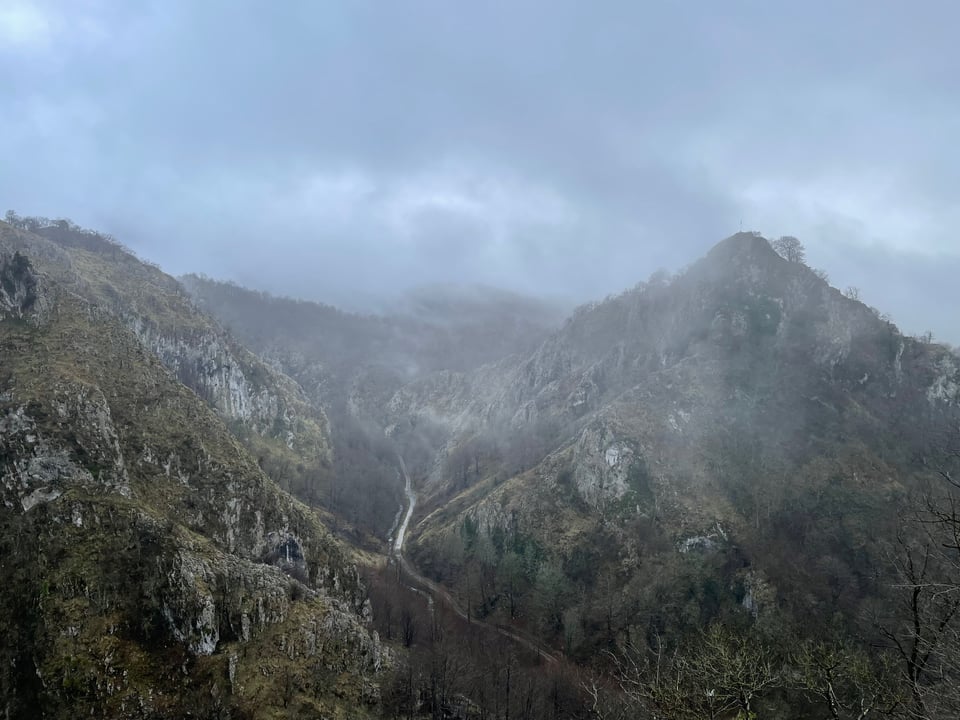
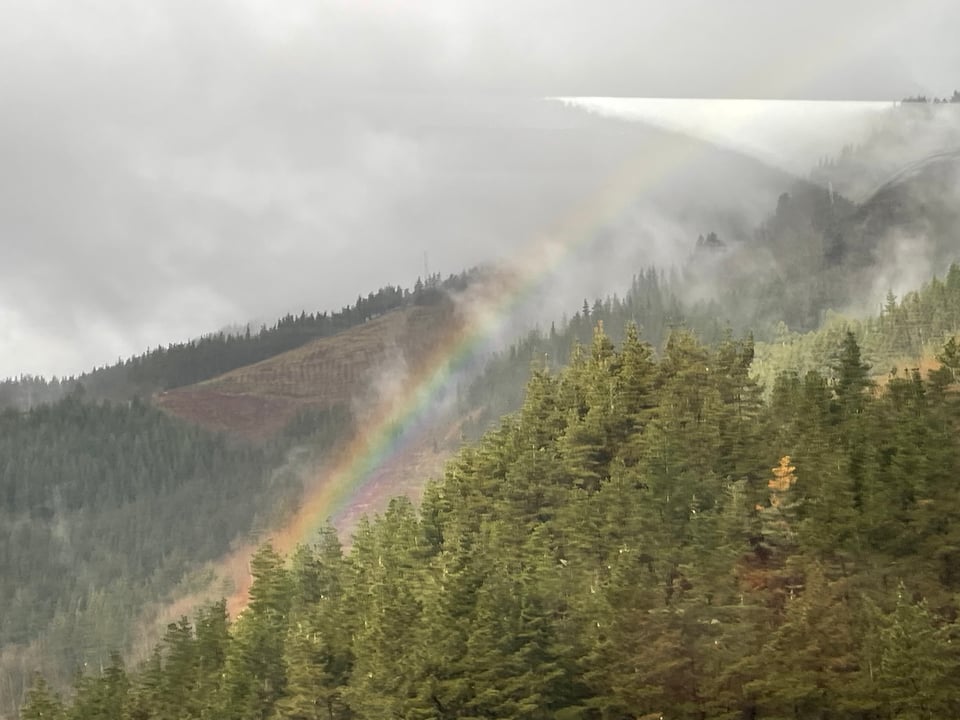
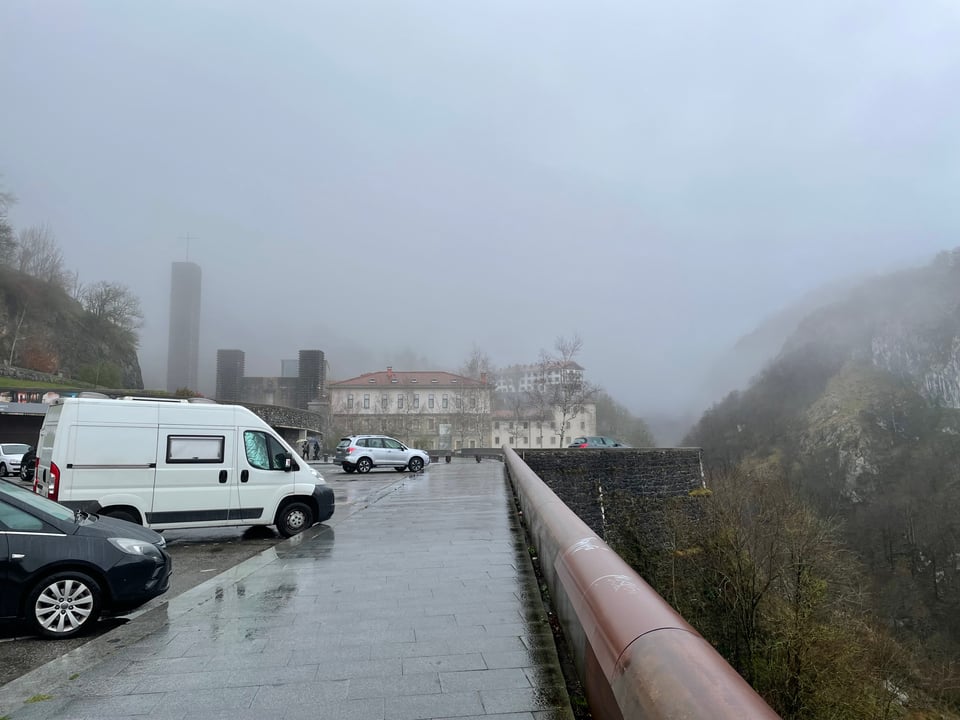
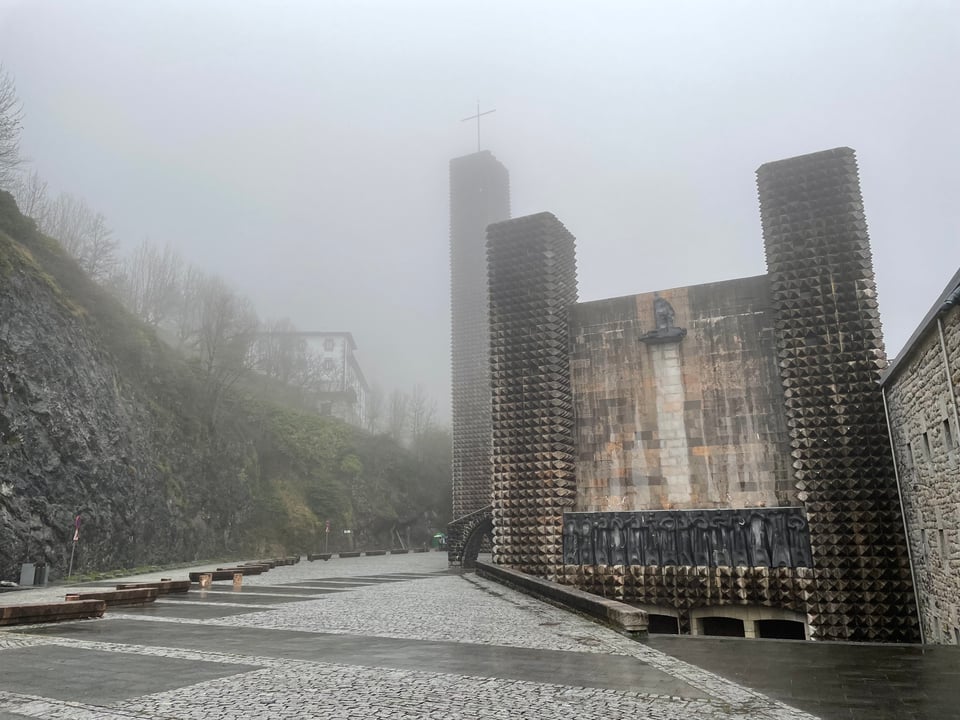
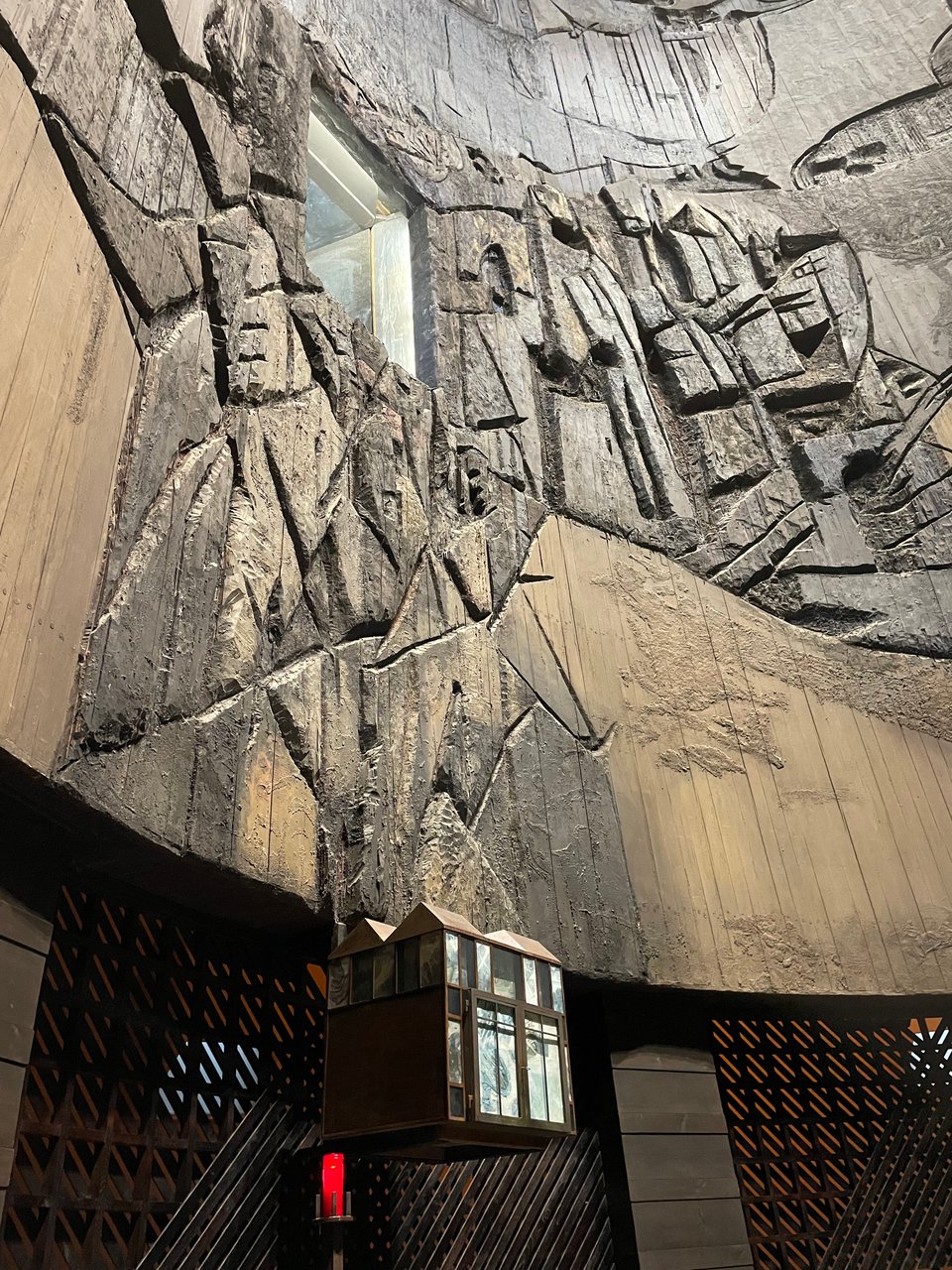
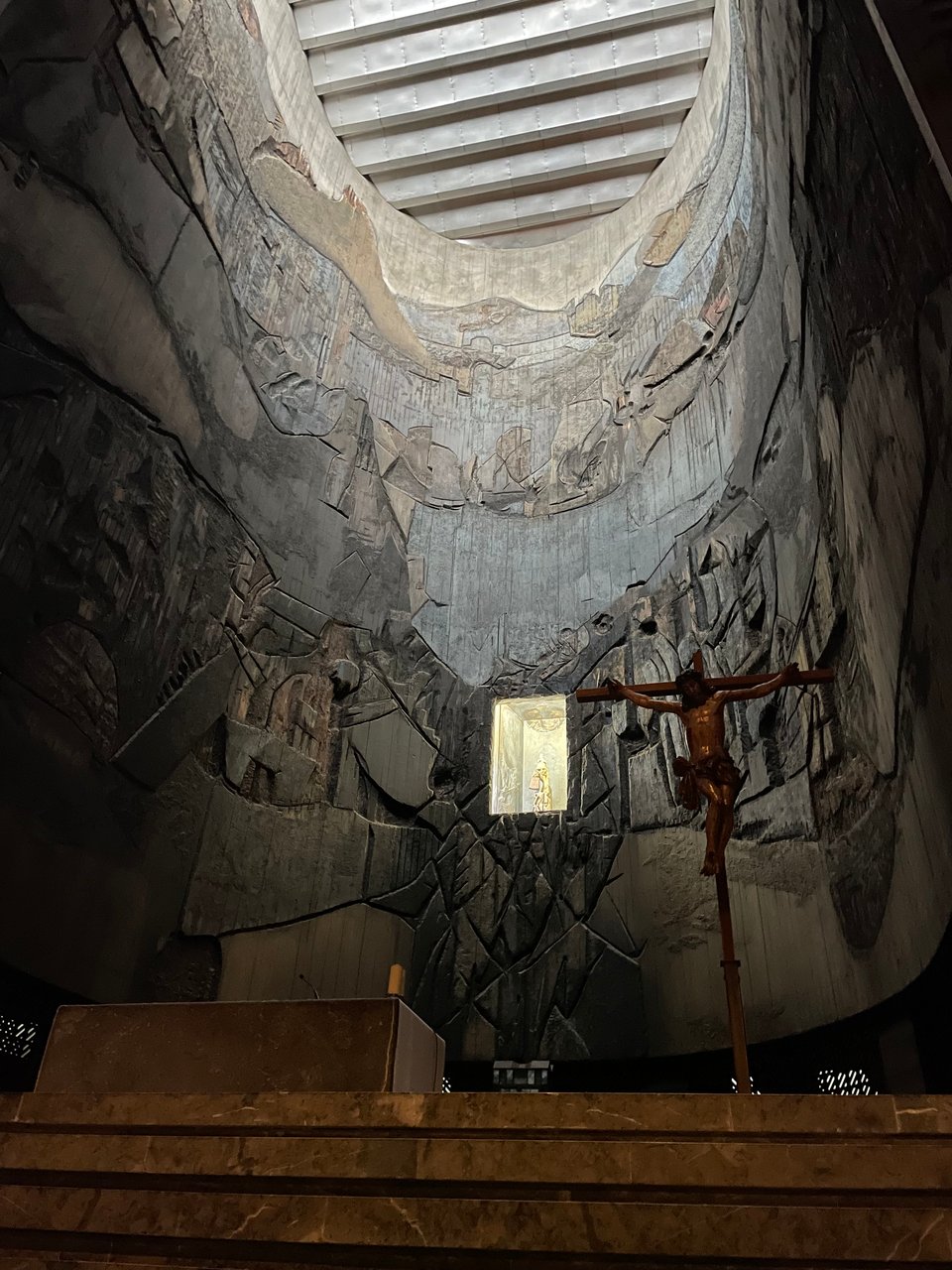
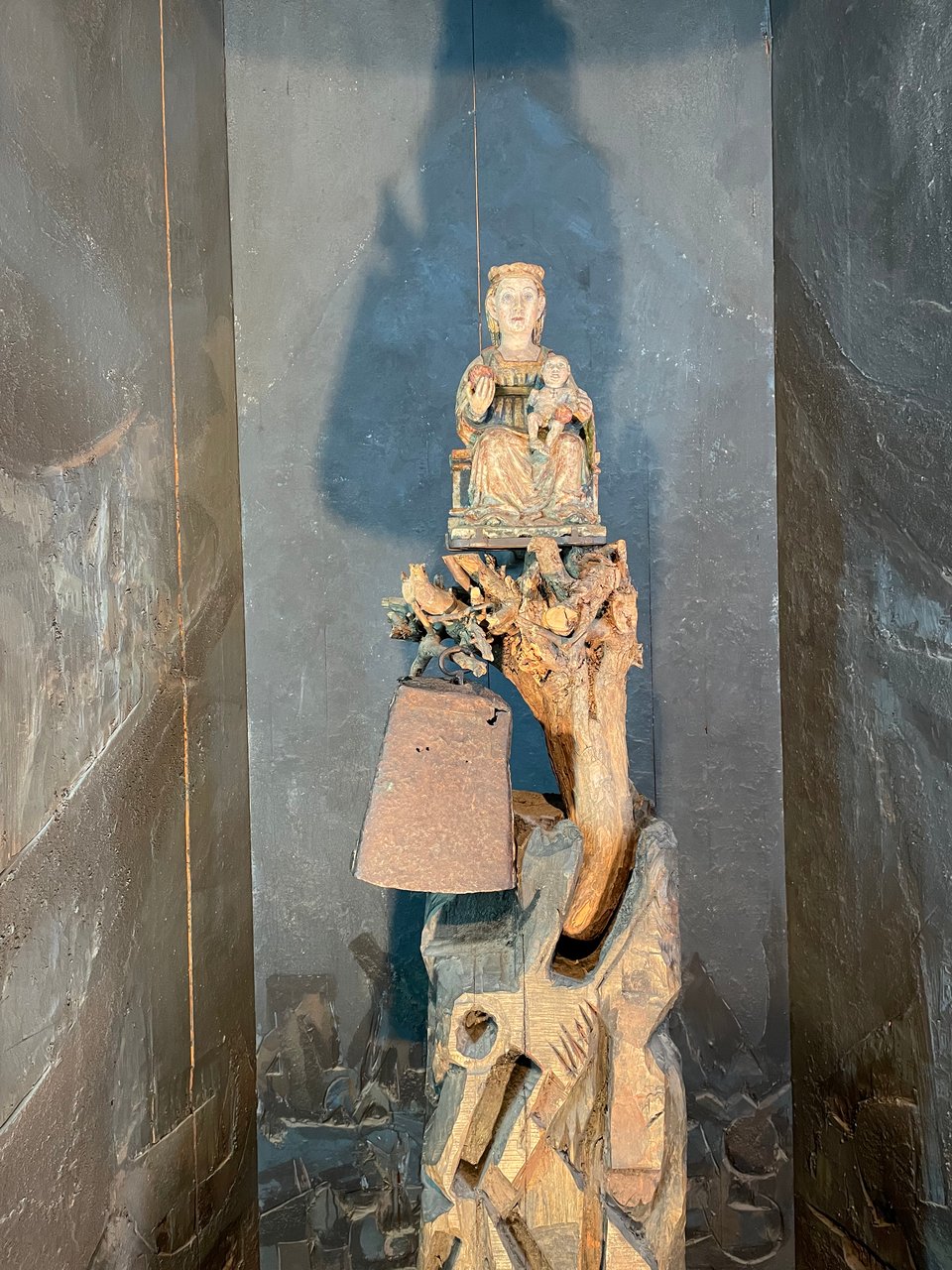

Thank you so much Eric!
These posts come out every other Sunday so subscribe today to discover the next guest and their picks!
Cheers,
Harvey
